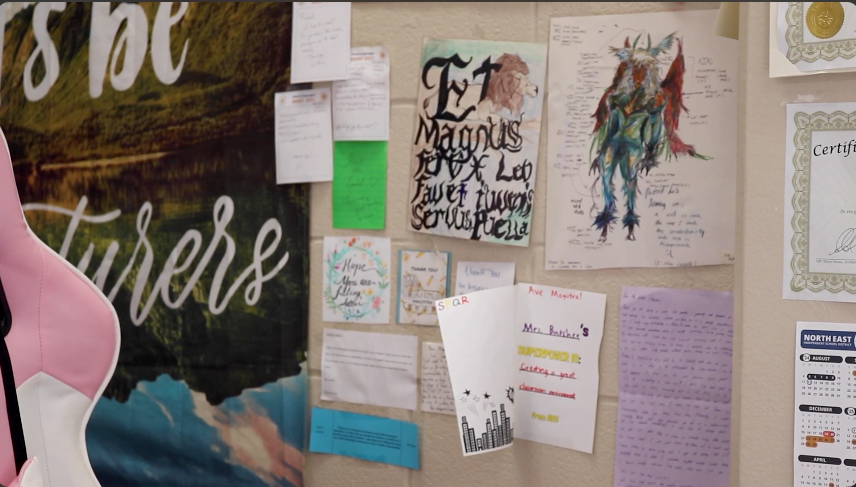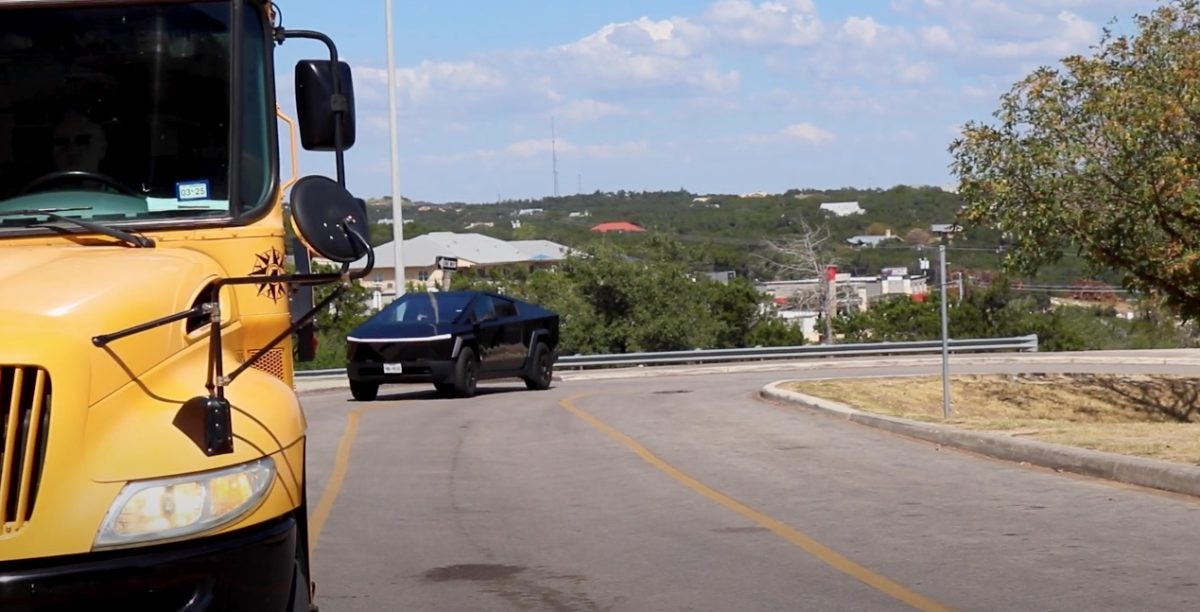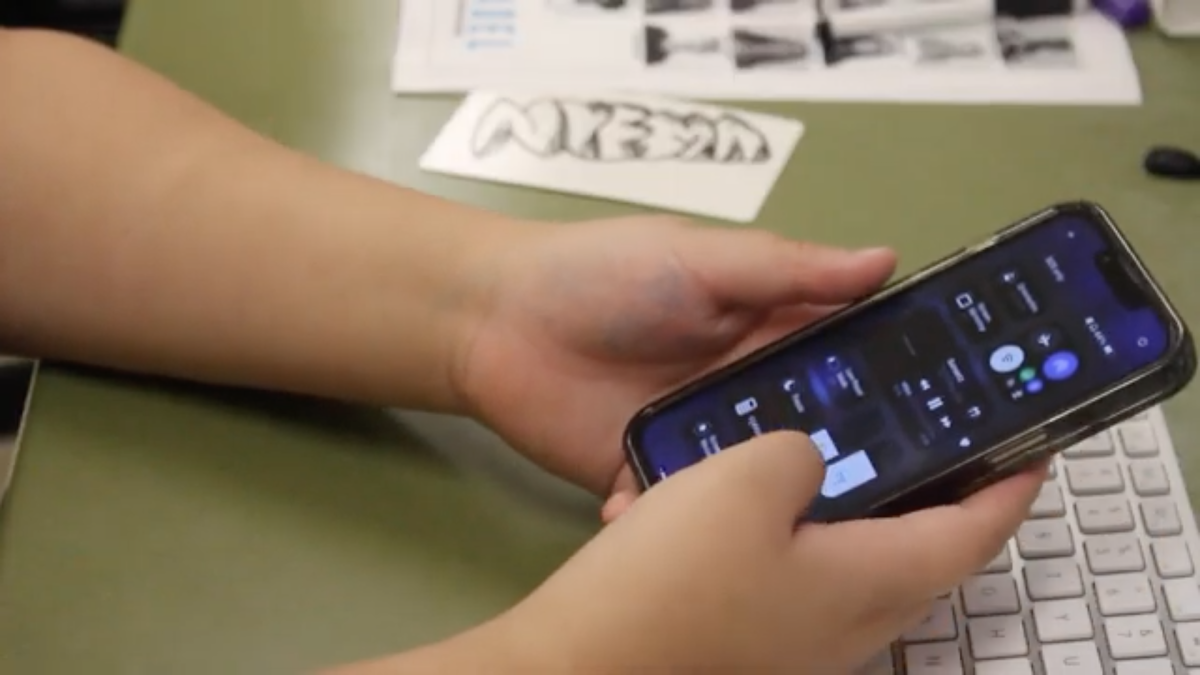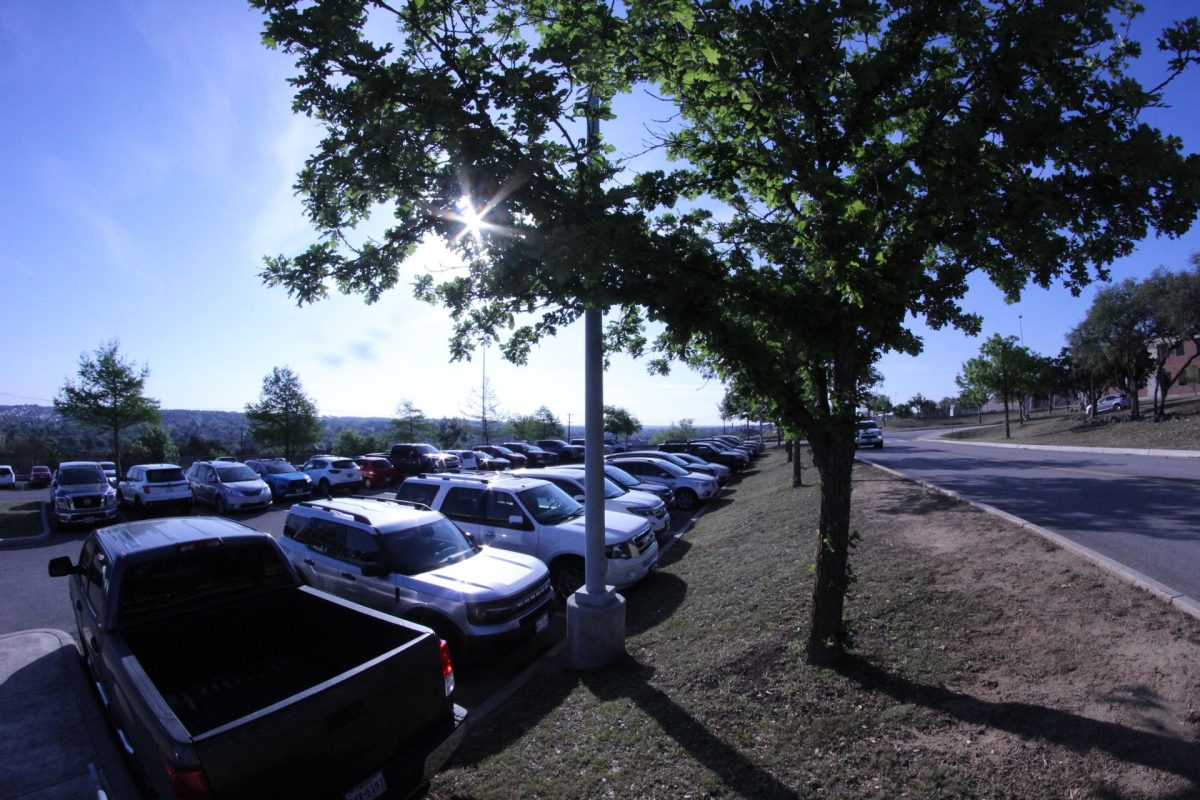by Chloe Jordan | feature editor
The intercom system crackles and switches on, as announcements echo throughout the school. Just the night before, Principal Gary Comalander typed out the weekly JAG newsletter. Students come across information by surprise either on social media or posters along the walls or some email from either administration, counseling, or the library. Yet, none of these students realize the lingering capability that the school could actually be broadcasting consistent daily morning announcements.
Elementary, middle, and high schools across the district and nation already make use of this critical skill. Tex Hill hosts a minute-long Tiger News Network show daily. The Southeast High School Student Publication program posts 40-50 minute announcements on the daily. Even Cibolo Green Elementary School makes time for a couple minute long announcements that they post daily for every teacher to show their students.
Nonetheless, morning announcements remain a vital part of maintaining a school community and making information obvious and clear to students. Despite the ability to harness such a tool, Comalander believes in using a multitude of platforms to get information across.
“The goal is to try to provide as many avenues of information out there as possible, because different people pay attention to certain things. There’s some that just don’t listen to an announcement,” Comalander said. “Some, because of the class they’re in, might have a hard time hearing an announcement, obviously, a PE, or an athletic class in the dressing room trying to get ready have difficulty.”
According to Comalander, broadcasting a morning announcements program would be time consuming and would take away from the minimum of 45 minutes of instructional time. He notes that the journalism or AV departments would be responsible for these announcements.
“The more ways you share it, the better chance you have of reaching over 3,200 kids, because everyone’s different. So pay attention to announcements, some pay attention to their social media, some read their emails, some look at fliers,” Comalander said. “I’ve always felt like the more ways you can share information just like more ways you can present material in class, the better chance you have of getting everybody to understand or hear.”
Although Comalander warns against the implications of daily morning announcements broadcasts, many students have expressed feeling out of the loop.
“I didn’t know that we had so many clubs until I started seeing posters around school, or sometimes I don’t know when certain games are for athletic periods that I want to go to,” freshman Ren Hernandez said.
Hernandez had not been informed of the Unity Club, and was disappointed about being left out of clubs that many others would spend the rest of their high school years in. Hernandez feels that having a dedicated announcements format would help make students aware of certain activities and events.
Like Hernandez, junior Sidney Uy Tesy feels like there’s no space for students to discuss with each other.
“For example women’s rights, students’ rights, club forms, getting people to ratify our club, posters, etc, mainly when people talk to their friends and show them club meetings,” Uy Tesy said. “I would like to say yes [to morning announcement videos] because it would help us get our club out and about, so more underclassmen could get involved.”
Senior Mallory Randolph also expresses concern over missing critical information.
“A lot of times stuff with like schedules, like if the schedule is different for that day. I feel like I don’t know until I’m in first period and the bell rings at different times,” Randolph said. “Or sometimes, like, deadlines for things, especially with being a senior, I know that there’s like a lot of things that are happening. And I feel like I never really hear about them.”
For her, announcements can be hard to catch and hard to hear when there are 60 people in her choir class. Her teachers also don’t show the latest Jag TV. On the other hand, Randolph believes daily morning broadcasts could offer a remedy to this gap, and would require teachers to show the videos to their students.
“Probably just any upcoming deadlines or different things that are happening in the schedule or new things that are happening [would be good information included in these broadcasts],” Randolph said. “When games are for different sports and stuff, when shows are for the Fine Arts? I think that would be helpful.”








